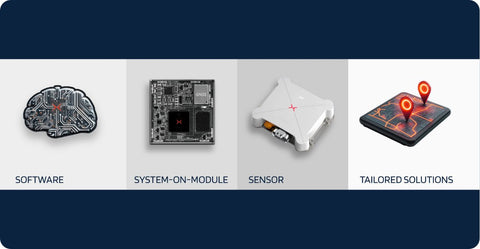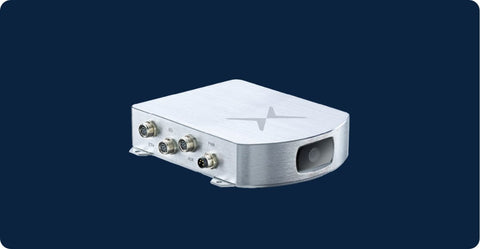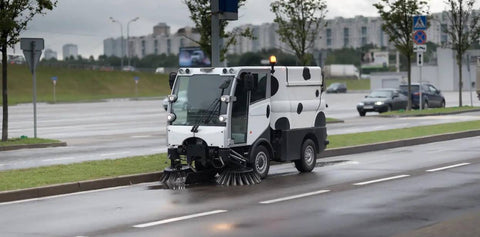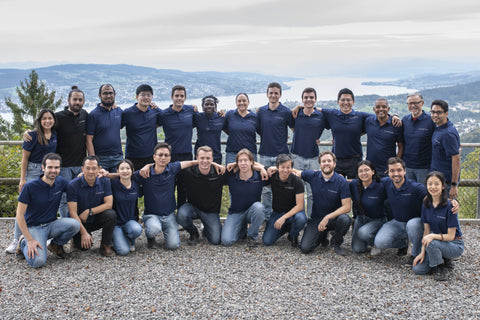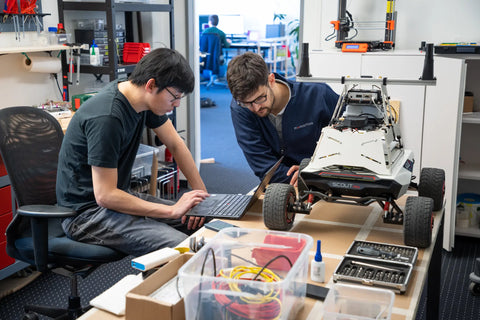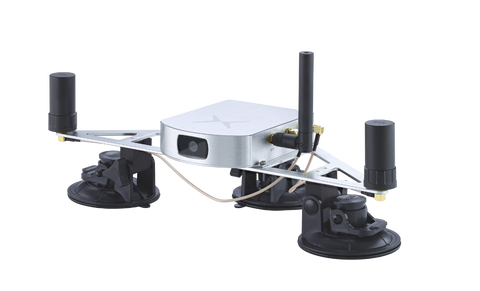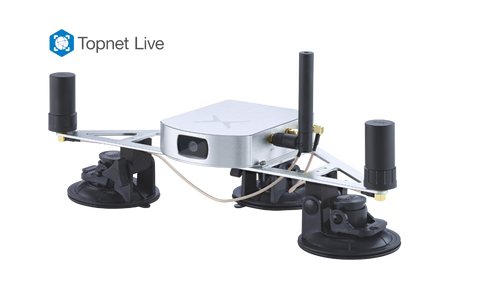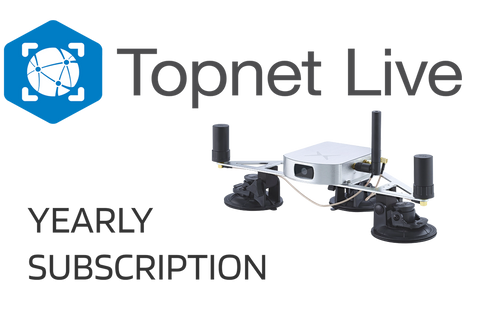Customer
The Institute of Software Engineering and Artificial Intelligence at TU Graz (Graz University of Technology) is a leading research institution for the navigation of autonomous robots in complex environments. In their recent work, the team focuses on enabling autonomous urban mobility with ANYmal legged robots. Their legged robot is capable of navigating complex urban environments using multimodal skills, allowing fully autonomous planning and execution via a hybrid graph representation with geometrical, topological and context information.
This work, published at IEEE ITSC 2024, demonstrates how the ANYmal legged robot can move autonomously on a real-world 5.5 km navigation mission, across different navigation challenges, including sidewalks, road crossing, and riding public transportation, using adaptive decision-making architecture and robust localization, in the city of Graz, Austria.
The complexity of this urban testbed revealed one of the biggest challenges in autonomous mobile robotics: maintaining reliable global localization in GNSS-degraded urban environments.

Challenge
The legged robot faced challenges with GNSS reliability, especially loss of global localization when entering and leaving the tramway. This made it difficult to resume navigation using global coordinates. A skill (wait_gnss) had to be implemented to wait for GNSS convergence, which was only possible with reliable GNSS input.
The robot is equipped with LiDar, RGB-D camera and vision, but they were insufficient enough in open or transitional areas. The team demanded an accessible solution that could maintain high-accuracy and reliable positioning across different types of environments, seamlessly bridging GNSS gaps. It must also be compact and easy to integrate into legged and wheeled platforms.
Solution
To address this, TU Graz integrated the Fixposition Vision-RTK 2:
- Centimeter-level GNSS accuracy, with high availability in highly obstructed locations, enabled accurate GNSS positioning for navigating complex urban environments.
- Allowed the robot to reliably re-localize after public transport rides, where GNSS signals are often obstructed.
- Pose covariance data, enabling their custom “wait_gnss” skill to verify signal convergence
This tight sensor fusion allowed the robot to reliably:
- Resume autonomous navigation after exiting a tram
- Detect and adapt to signal loss, rather than failing mid-task
- Plan global paths without operator intervention
“The robot was able to globally localize well in most situations, except for highly obstructed locations… Vision-RTK 2 enabled reliable re-localization using covariance thresholds.”
The Vision-RTK 2 allowed TU Graz’s robot to navigate diverse urban features with consistent localization, even under trees, in-between buildings, and when switching the mobility mode.
Outcomes
- Successful position solution convergence in most locations: 92.8% GNSS convergence rate of the 14 test locations
- Completed 5.5 km fully autonomous urban navigation using public transport
- Seamless integration with skill-based navigation stack, LiDar, and RGB-D cameras

Following the success of the multimodal robot navigation project, TU Graz has deployed Vision-RTK 2 for different projects and successfully using the same setup on 3 different robots, highlighting the flexibility of xFusion™ technology and its ease of integration across diverse research environments.
Why Fixposition?
Fixposition’s technology is empowering academic pioneers like TU Graz to close the gap between lab research and real-world autonomous deployment. Unlike high-cost, customized localization systems, Fixposition’s technology is:
- Compact and easy to integrate into legged and wheeled platforms
- Offers plug-and-play support for ROS
- Designed for real-world use, not just lab environments
- Supported by an expert team that bridges research needs with product reliability
Whether you're an academic lab pushing autonomy boundaries or an industrial team working toward deployment, Fixposition provides a commercially accessible solution that delivers top-tier localization, even when the sky isn't visible.
Want to learn more about Fixposition? Contact us today at sales@fixposition.com or Request a Demo.
Learn More about The Institute of Software Engineering and Artificial Intelligence
Read the full IEEE paper: “Enabling Multimodal Mobility for Urban Robot Navigation Using A Skill-Based Navigation Architecture” Presented at ITSC 2024, Edmonton, Canada
